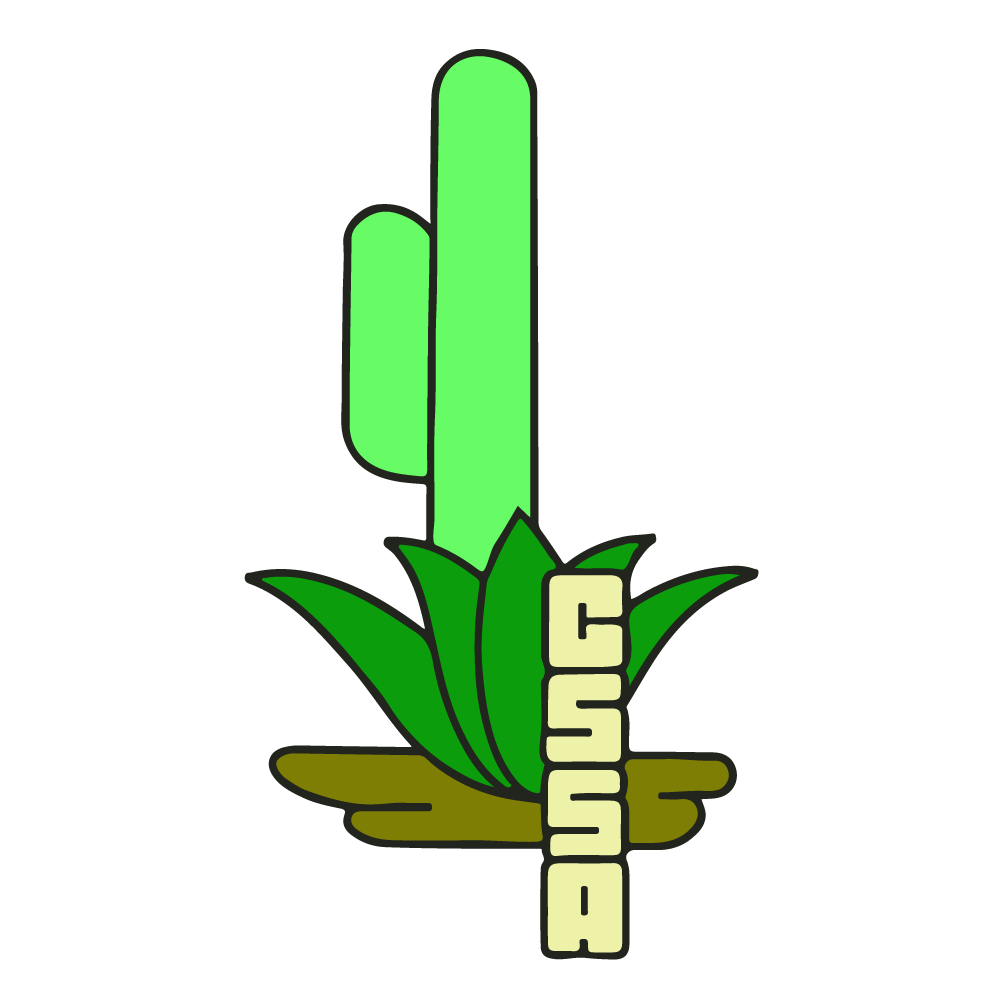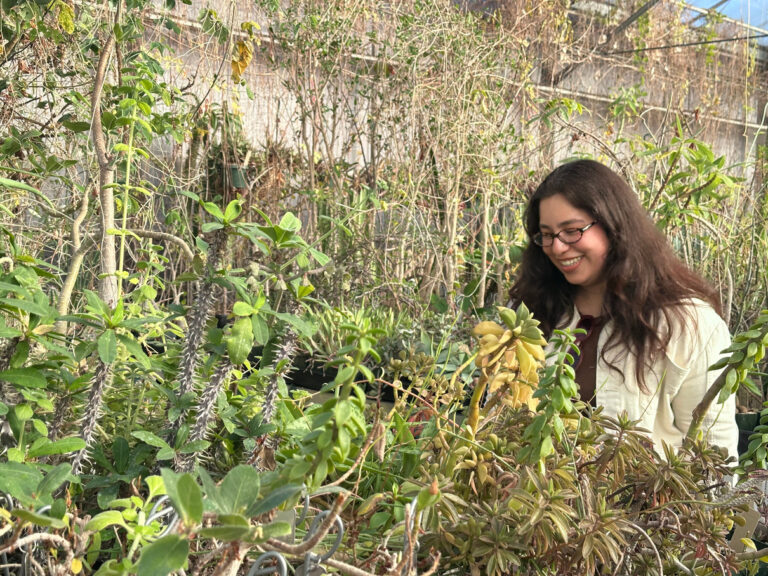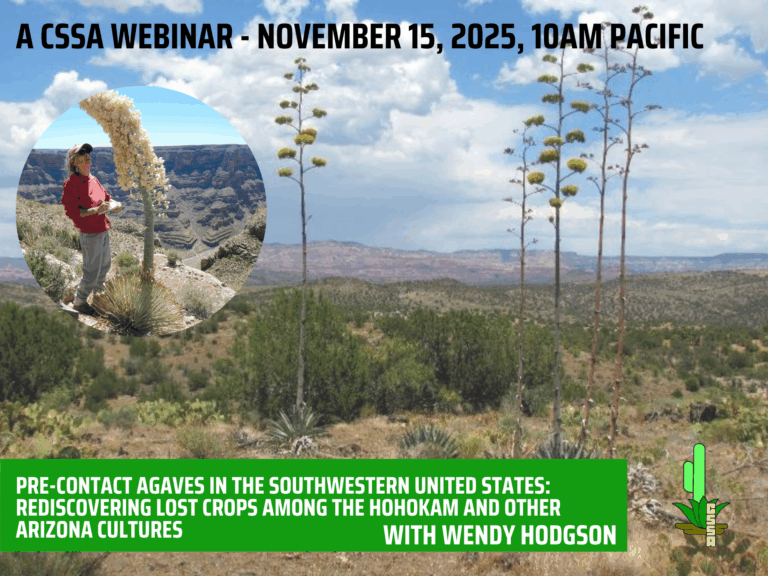
Western Cape region of South Africa. By Paul Gildenhuys, CapeNature. Used with permission.
Many of the plants we love are in for a rough time. The cactus family is one of the most threatened groups, as 416 cactus species (31%) are considered threatened by the IUCN as of 2015. The most significant threats are habitat destruction, collection, and climate change. A 2022 study in Nature Plants, with conservation committee member Michiel Pillet as lead author, predicts that 60% to 90% of cactus species will be negatively impacted by these threats in the future.
The succulent side of our hobby is also under increasing risk. Karel Du Toit, law enforcement officer in Namaqualand, South Africa: “Since May 2019, we have confiscated a total of 407,244 plants, which we keep at four nurseries. Of those, 371,812 are in the genus Conophytum.” (For more on the alarming situation in South Africa, see the interview with Du Toit in this issue of the Journal). Realizing that the number of plants successfully poached far exceeds the number of plants seized, the magnitude of the problem becomes apparent.
All Conophytum species are now threatened, which is reflected in the IUCN Red List for Conophytum, updated in 2020/2021 to reflect the increasing wave of poaching (iucnredlist.org). Moreover, poaching does not exist in a vacuum. Its impact adds to the dangers caused by climate change and development.
Although it is certainly easy enough to dwell on doom and gloom threatening the plants we love, it would mistake to do so. Hand wringing does nothing to protect the plants we love. After acknowledging the nature and complexity of the problems, concerted effort is required. The Conservation Committee has written a new initiative, listing its goals and actions. Focusing on education, we will use all of our forums, including the Cactus and Succulent Journal, To The Point, Haseltonia, webinars, and our biennial Conventions to raise awareness of the importance of plant conservation. Funding the printing of Stefan Burger’s chart on how to know if a plant was habitat collected and the inclusion of the chart with the Journal is just one of our projects. Featured in this issue of the Journal are several conservation and research projects that the CSSA has funded, thanks to the generous and essential support of the membership.
The conservation committee is also networking with similar committees from several European cactus and succulent organizations in an effort to coordinate and cooperate on conservation issues.
Ultimately, cactus and succulent conservation is a complex set of international problems. The Conservation Initiative, Goals and Actions states:
Conservation Initiative Goals and Actions
- Promote preservation in habitat and cultivation through conservation efforts
- Establish guidelines and best practices for ethical seed collection and distribution
- Encourage and expand seed distribution networks
- Strengthen alliances with like-minded organizations focused on biodiversity and plant conservation
- Facilitate knowledge exchange and resource sharing among researchers, horticulturists, and conservationists
- Foster educational programs to raise awareness on the importance of plant conservation
- Encourage citizen science initiatives to involve the public in conservation efforts
- Monitor and evaluate the effectiveness of conservation projects to ensure ongoing improvement
See ongoing projects as described in this issue of the Journal
In addition, the members of the conservation committee drafted this statement on seed collection and cultivation:
Present-day poaching, as well as climate change, and habitat destruction are of principal concern wherever rare species of cacti and other succulent plants are found. International trade restrictions pertaining to endangered species were primarily designed to protect animals. However, plants produced by seed in cultivation have no impact on wild populations and are significantly different from animal offspring. Indeed, the availability and free exchange of seeds can lessen the pressure on populations of rare species of cacti and succulents and their habitats.
Therefore, the conservation committee of the Cactus and Succulent Society of America proposes lifting existing international import/export restrictions on cactus and succulent seed produced in cultivation.
The Initiative is a long-term effort to preserve our cherished plants. The conservation committee hopes for your continued enthusiastic support.
Irwin Lightstone, committee chair; CSSA Board Vice-President
irwinlightstone@att.net
A free PDF version of this article is available here.
Help us conserve xerophytic plants and desert ecosystems through your membership or an earmarked donation.




